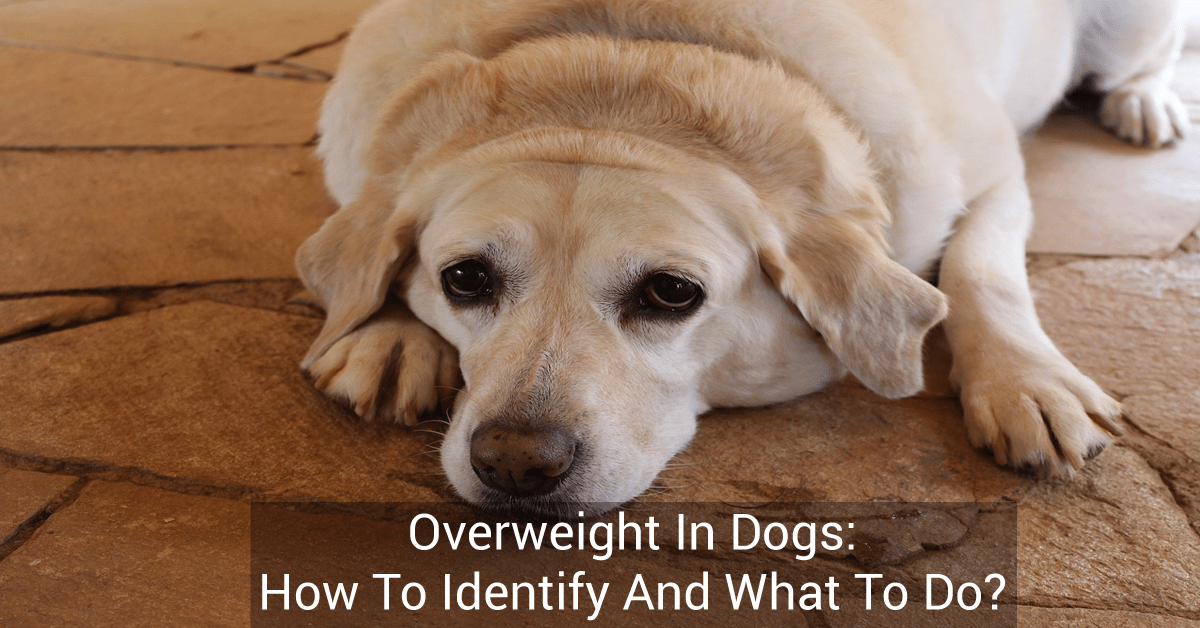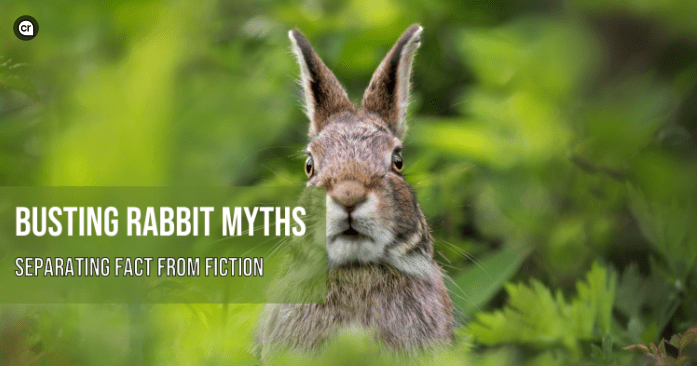Overweight in dogs is a serious case to look out for. The article explains how to identify if your dog is overweight and plan forward.
Too Fat? Too skinny? Chubby? There must be a time in everyone’s life where we thought this about ourselves, at least once. But have you considered the same about your little furry friend? Weight gain and obesity don’t stop just with us, humans. Our lovely little furries face it too. A small amount of weight is still quite common. Nevertheless, you must keep your eye out for obesity and overweight.
Weight gain in dogs doesn’t end there. It is more than often associated with
-
Breathing Problems
-
Heart Disease
-
Skin problems
-
Diabetes
-
High blood pressure.
-
Decreased liver functions
-
Urinary bladder stones
-
Canine arthritis
-
Liver problems.
-
Mobility issues.
How to Tell if your dog is overweight:
So many breeds, too many shapes, almost everything unique and special in dogs. You can’t compare a greyhound with a bassinet’s weight chart. It differs with every breed, making it difficult to understand a normal standard or how it should look like. However, here are some methods to identify if your dog is overweight.
- Rib Coverage Inspection
- Overhead Inspection
-
Vet Inspection
Rib Coverage Inspection:
This method is easy and ideal to try at home. Begin with placing both your thumbs on your dog’s spine. Now, spread your hands and feel your dog’s rib cage. Ideally, you should be able to feel your dog’s rib cage under its coat and skin. But if your dog is overweight, it would be hard to feel them under layers of fat.
The Overhead Inspection:
Similar to the rib coverage inspection, this method is ideal and straightforward to try at home. When looked at from above, i.e., standing near your dog and observing it from your level, your dog’s waist should be a bit narrower than the rib cage, in other words, tucked in, looking somewhat similar to an hourglass in shape. However, if the waist is online with the ribcage or bulges past them, it indicates your dog might be overweight.
Vet Inspection:
If you are still unsure and need to confirm it, visiting your vet is the way to go. After a thorough examination, your veterinarian will help you with an ideal weight as a target, along with exercises and food habits to attain it.
What to do if my dog is overweight?
If you are positive that your dog is overweight, visit a veterinarian who will provide you with the ideal weight and a weight loss plan to achieve it. Two main things to keep in mind for your dog’s weight loss is
-
Exercises
-
Calorie Intake
Exercise:
One of the reasons for your dog’s weight gain might be the sedentary or inactive lifestyle. To spruce it up, start with long walks and daily exercises. Slowly build up the daily exercise routine and stick to it. This is a key to your dog’s weight loss.
Calorie Intake:
Maintaining calorie intake is also an essential part of the weight-loss equation.
-
Cutting down 10% of your dog’s food might help a gradual reduction in weight over time.
-
Cut down on treats as it won’t help your case.
-
Replace treats with healthy, low-calorie supplements
-
Increase the fibre content in meals so that your pooch won’t feel hungry often.
It is important to remember to stay paw-sitive throughout the ups and downs. Undergoing the weight loss journey with your beloved pooch might be challenging, but trust us when we say it’s worth it to see your dog healthy, happy and active. Get advice from our experts for your dog’s weight. Ask a vet now. For more exciting articles about your pet’s health and wellness, subscribe to our newsletter today.



